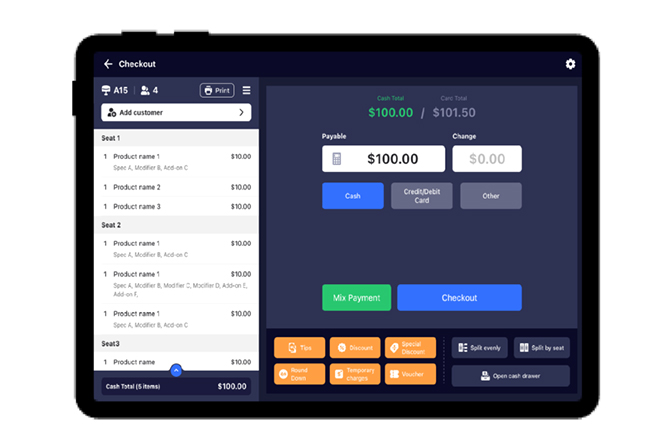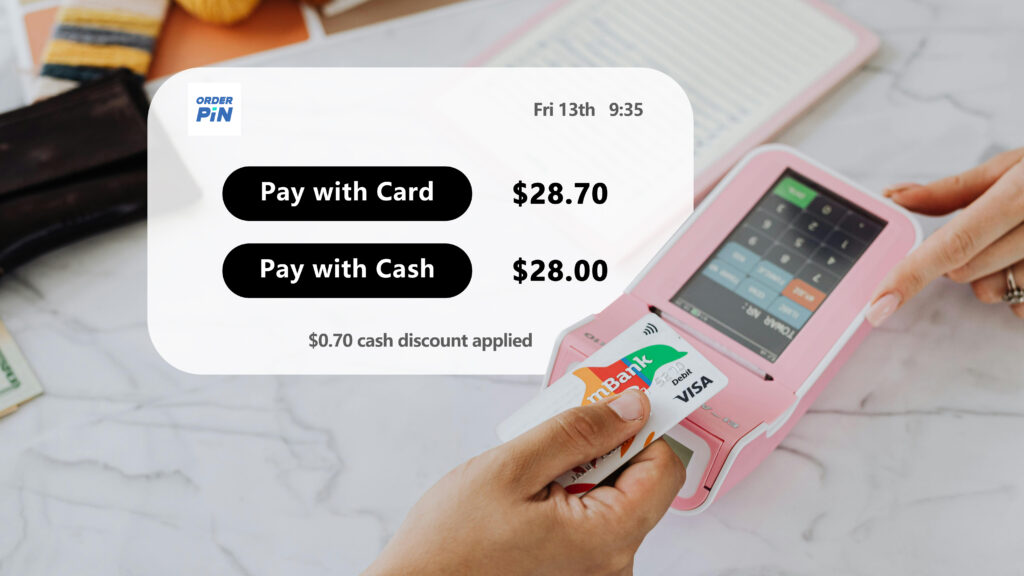In recent years, retail and service businesses have increasingly turned to advanced technology to better serve customers while managing rising costs. A significant innovation supporting this shift is the introduction of dual pricing within POS (point of sale) systems. Dual pricing is becoming a popular approach to providing flexibility for customers and increased revenue stability for businesses. By offering customers two pricing options—usually based on the method of payment—dual pricing enables businesses to manage transaction costs more efficiently, resulting in substantial benefits for both business owners and customers alike.

What is the meaning of Dual Pricing?
Dual pricing allows merchants to offer two different prices based on the payment method selected by the customer, typically distinguishing between cash and card transactions. In essence, customers paying by cash are offered a discounted price, while those paying by credit card may be charged a slightly higher price to cover the cost of card processing fees. This transparent approach, clearly communicated to customers, has several advantages. For one, it gives customers a choice in how they pay, often leading to a better overall experience. Additionally, it allows business owners to offset the high costs associated with credit card processing.
How to Implement Dual Pricing?
For dual pricing to work smoothly, a business needs a POS system that can manage this pricing structure effortlessly. The right POS system should support dual pricing by automatically calculating the correct price based on the payment method, displaying both prices on receipts, and tracking sales according to the chosen payment option. By doing so, businesses not only simplify the checkout process but also create a transparent and reliable system for employees and customers alike.
POS systems with dual pricing capabilities enable businesses to provide real-time updates on each pricing structure. They can automatically calculate the cash discount when cash is chosen as the payment method, eliminating the need for manual calculations, which streamlines service and reduces human error. Furthermore, these systems provide valuable insights by tracking customer behavior and payment preferences, allowing businesses to see whether customers lean towards cash or card payments.

Benefits of Dual Pricing
Dual pricing offers several advantages that are increasingly attractive to modern businesses. By shifting transaction costs to those who opt to pay by credit card, businesses can reduce the expenses that typically cut into their profit margins. This is especially helpful for small businesses, where card processing fees can quickly add up.
From a customer perspective, dual pricing offers flexibility and transparency. Customers have a clear understanding of the payment options and can choose the one that best fits their preferences, potentially saving money by choosing cash. This flexible approach not only enhances the customer experience but also builds loyalty, as customers appreciate a business that offers transparency and respects their payment preferences.
Choosing the Right POS System for Dual Pricing
Selecting a POS system with reliable dual pricing capabilities is essential for businesses considering this approach. Many modern POS providers are now offering dual pricing options as part of their systems, but businesses should evaluate features such as ease of use, integration with existing payment processors, and customer support to ensure a smooth implementation. Additionally, the POS system should be adaptable to any future changes in transaction regulations or customer expectations, ensuring that it remains beneficial in the long run.

Future of Dual Pricing in POS Systems
With increasing attention on how transaction fees impact businesses and the rising demand for customer-centered payment options, dual pricing is set to become a staple in the retail and service industry. Integrating dual pricing with a reliable POS system allows businesses to offer more flexibility, reduce transaction costs, and provide a seamless, positive experience for customers. As this trend continues, more businesses are expected to embrace dual pricing, making it a key component of future POS systems.
For businesses ready to optimize operations, improve customer satisfaction, and manage transaction fees, dual pricing through an advanced POS system offers an effective, forward-thinking solution.

